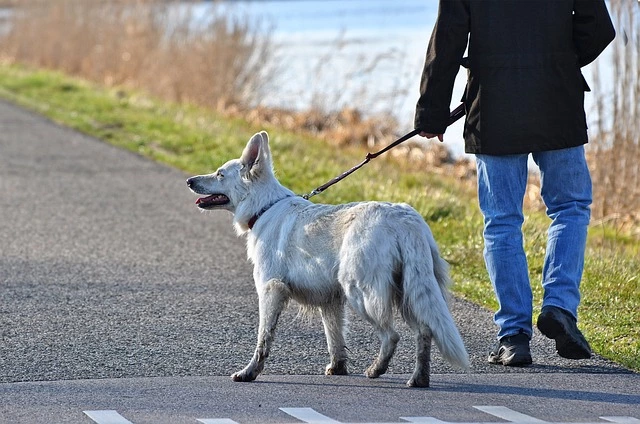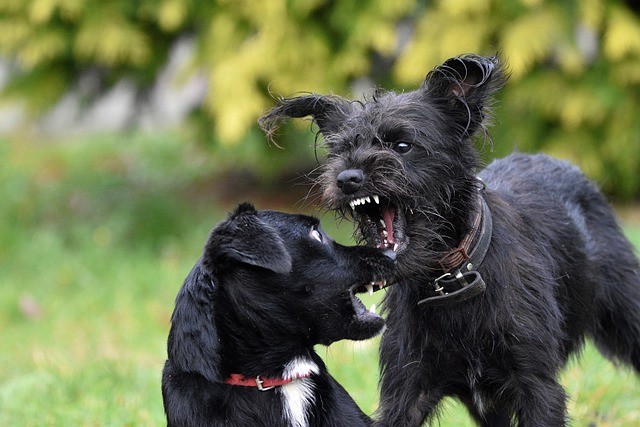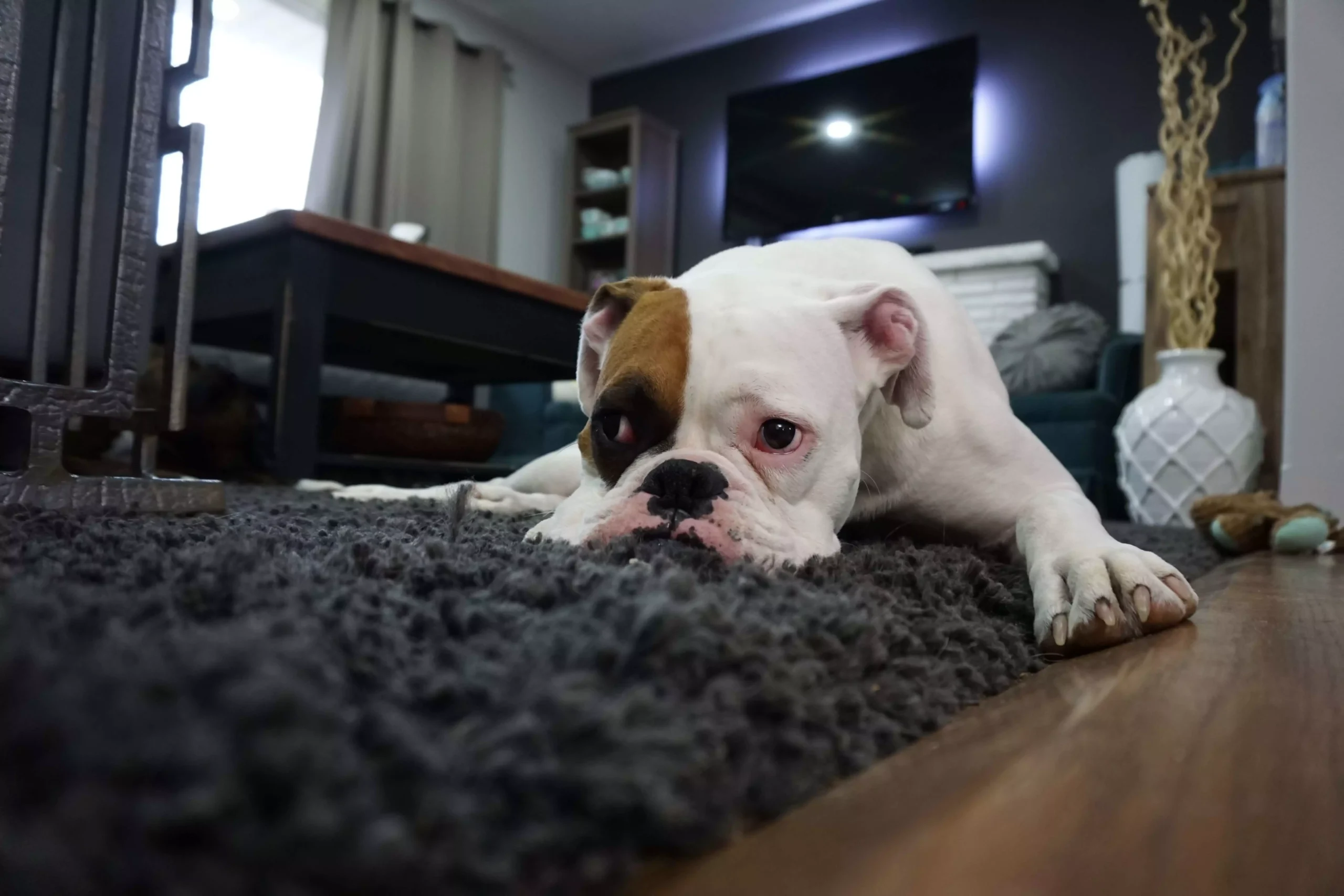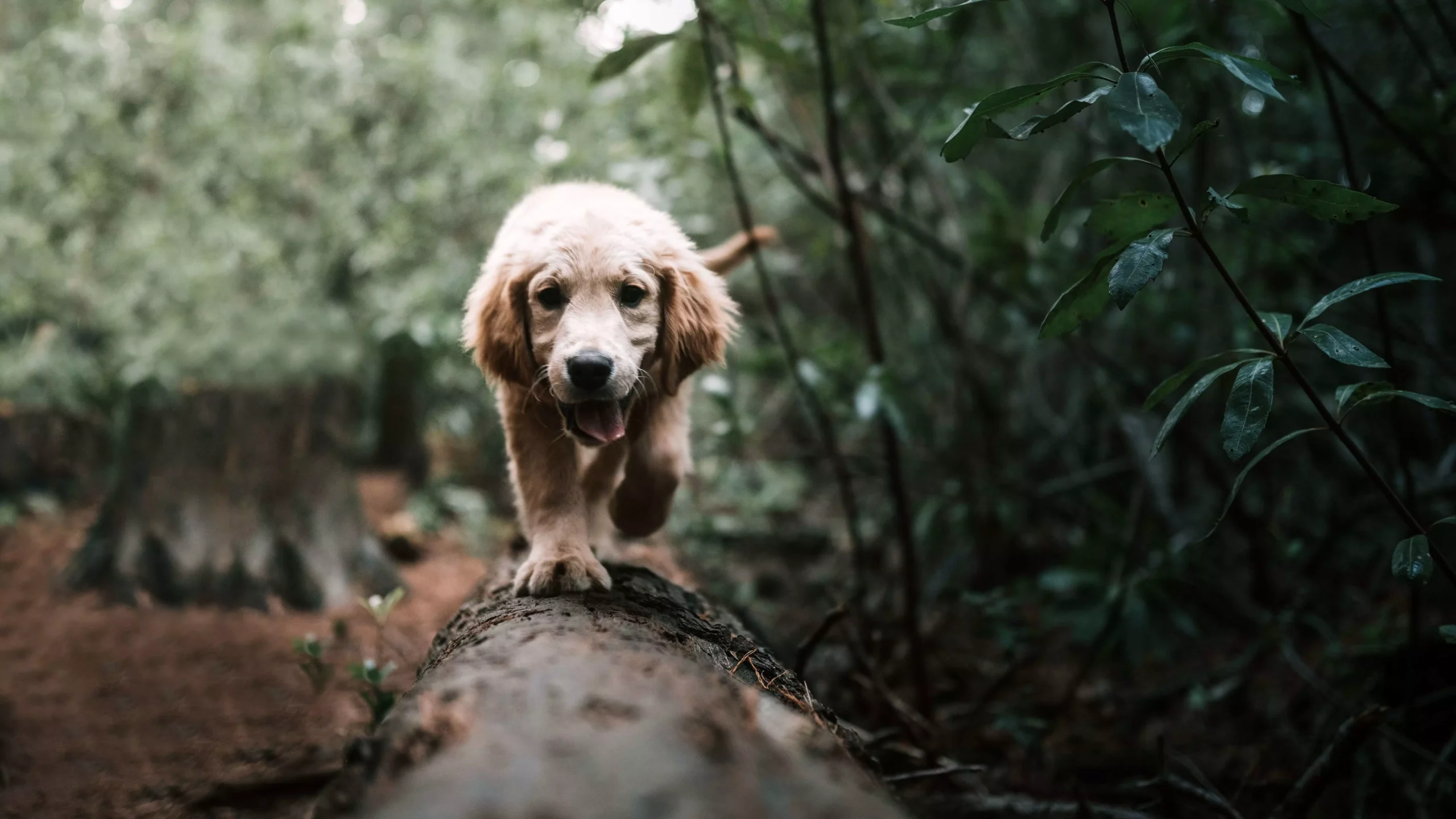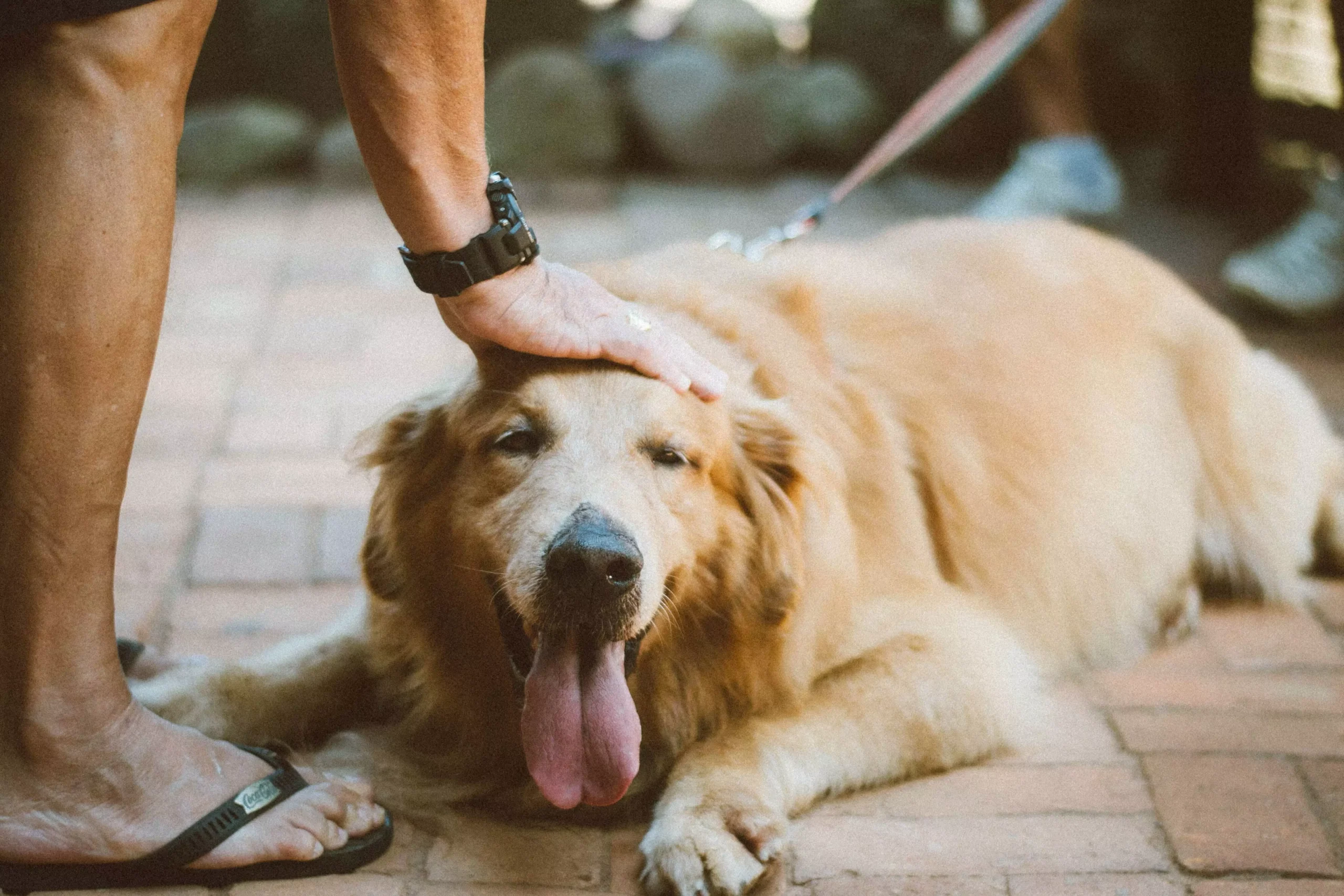Title: Mastering Dog Training for Proper Behavior around Bicycles or Skateboards
Introduction:
Training your dog to exhibit proper behavior around bicycles or skateboards is crucial to ensure their safety and the safety of others. In this article, we will explore effective techniques and tips to help you train your furry friend to behave calmly and confidently around these moving objects. Additionally, we have included a FAQs section to address common concerns and queries regarding this training.
Table of Contents:
1. Understanding the Importance of Training for Proper Behavior
2. Preparing for Training: Introduction to the Object
3. Introducing Your Dog to Bicycles or Skateboards
4. Training Techniques to Encourage Positive Behavior
– leash Training and Heeling
– Desensitization Training
– Distraction and Redirecting Focus
– Positive Reinforcement
5. Common Challenges and How to Overcome Them
– Fear or Anxiety Towards Bicycles or Skateboards
– Chasing or Lunging Behavior
– Overexcitement and Lack of Focus
6. Frequently Asked Questions (FAQs)
1. Understanding the Importance of Training for Proper Behavior
Proper behavior training helps your dog develop self-control and obedience, ensuring their safety and the safety of others. By training your dog to behave calmly around bicycles or skateboards, you can prevent accidents, reduce stress, and enhance the overall bond between you and your pet.
2. Preparing for Training: Introduction to the Object
Before starting the training process, it is essential to familiarize your dog with bicycles or skateboards in a controlled environment. This can be done by exposing your dog to the object without any movement initially. Allow them to sniff and investigate the object at their own pace, rewarding calm behavior with treats or praise.
3. Introducing Your Dog to Bicycles or Skateboards
Gradual exposure to moving bicycles or skateboards is the next step. Begin by having a friend or family member slowly push a bicycle or skateboard a short distance while you hold your dog on a leash. Maintain a safe distance initially and reward your dog for remaining calm and focused. Increase the proximity and duration of exposure as your dog becomes more comfortable over time.
4. Training Techniques to Encourage Positive Behavior
– Leash Training and Heeling: Teach your dog to walk calmly on a leash beside you, using consistent commands and rewarding desired behavior. This helps establish control and prevents your dog from darting after the moving object.
– Desensitization Training: Gradually expose your dog to increasing levels of movement by practicing near a stationary bicycle or skateboard. Gradually increase the movement, starting with a slow roll until your dog shows no signs of fear or anxiety.
– Distraction and Redirecting Focus: Teach your dog to focus on you or perform specific commands when bicycles or skateboards are nearby. Use treats or toys as positive reinforcement to shift their attention away from the moving object and maintain their focus on you.
– Positive Reinforcement: Reward your dog with treats, praise, or playtime to reinforce desired behavior during training sessions. This positive reinforcement helps your dog associate bicycles or skateboards with positive experiences, making them more comfortable and responsive.
5. Common Challenges and How to Overcome Them
– Fear or Anxiety Towards Bicycles or Skateboards: Gradual exposure and desensitization are crucial to help your dog overcome fear or anxiety. Patience, consistency, and rewarding calm behavior will build their confidence over time. Consult a professional trainer if your dog’s fear persists.
– Chasing or Lunging Behavior: Teach your dog impulse control by redirecting their attention to you or a specific command whenever they display chasing or lunging behavior. Consistent training and positive reinforcement will help them learn self-control.
– Overexcitement and Lack of Focus: Engage your dog in regular exercise and mental stimulation to release excess energy. Incorporate obedience training sessions with bicycles or skateboards to improve focus and impulse control gradually.
6. Frequently Asked Questions (FAQs)
Q1. Can any breed of dog be trained to behave around bicycles or skateboards?
Q2. How long does it usually take for a dog to become comfortable around bicycles or skateboards?
Q3. What should I do if my dog becomes aggressive towards bicycles or skateboards?
Q4. Should I use a specific type of leash or harness during training?
Q5. Is it possible to train an older dog who has never been exposed to bicycles or skateboards before?
Q6. Can professional dog trainers help with this type of training?
Q7. Are there any specific safety measures I should take when training my dog around bicycles or skateboards?
Q8. What are some signs that indicate my dog is ready for off-leash training around bicycles or skateboards?
Q9. How often should I practice training sessions with bicycles or skateboards?
Q10. Are there any alternative training methods or tools that can be used for this type of training?
Remember, consistent training, patience, and positive reinforcement are key to successfully training your dog for proper behavior around bicycles or skateboards. Always prioritize safety and consult professional trainers or behaviorists if needed. Happy training!



